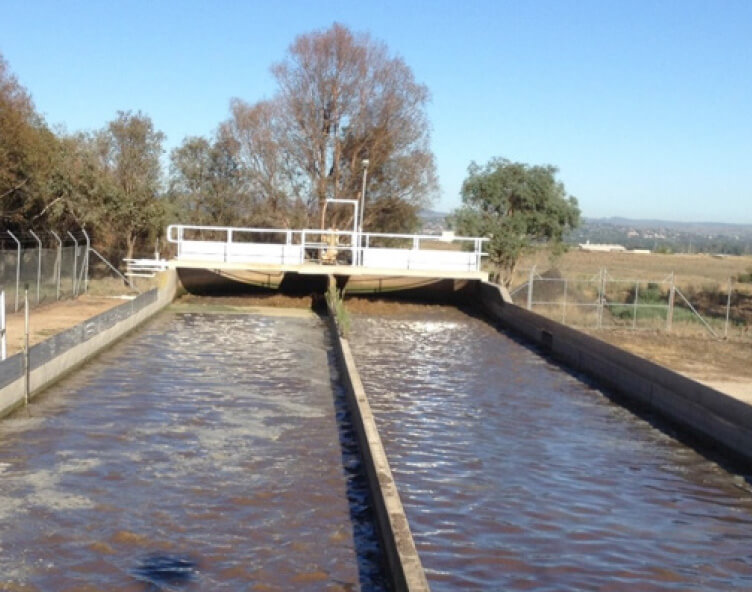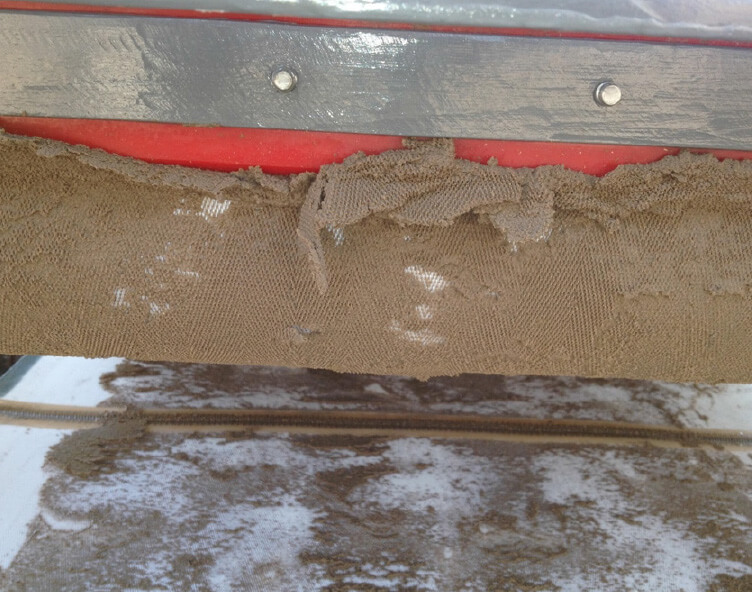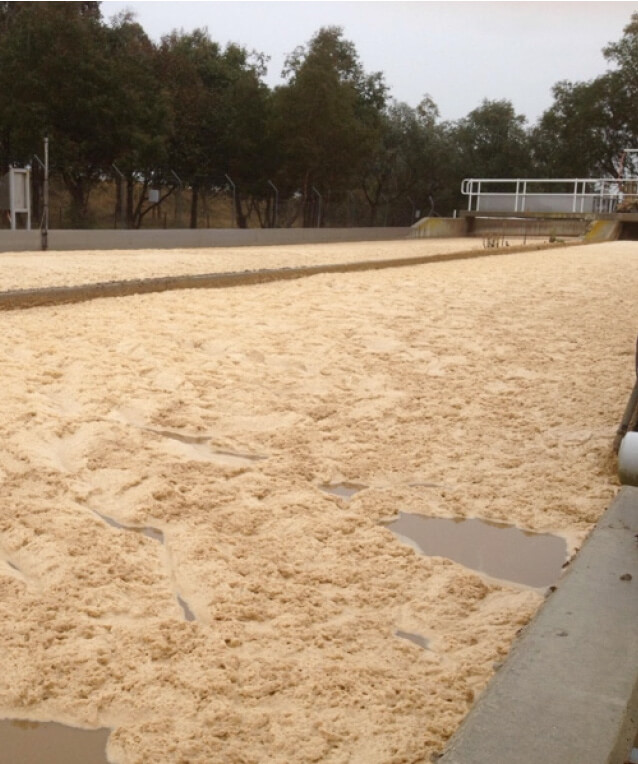Wastewater Case Study
The Challenge
BioChem Water were contacted by a major pet food manufacturer for assistance with a biological wastewater treatment process.
BioChem Water identified that the system was performing poorly in regard to BOD (Biochemical Oxygen Demand) reduction. The system was overloaded with filamentous bacteria, due to nutrient deficiencies. The foam produced by the filamentous bacteria was on the surface of the aeration system.
Mycolic acids in the cell walls of the filamentous bacteria makes them hydrophobic enough to become attached to gas bubbles present in activated sludge. These gas bubbles rise and bring the bacteria to the surface of the liquid, increasing surface activity and promoting stable foams.
The bulking foam in this case was on average between 50-100mm thick and was compounding the aeration system by preventing the release of gases produced by the biological degradation process. This increased the water temperature of the waste water and therefore the dissolved oxygen level reduced to the point that the system was anoxic.
Further to this, the MLSS (Mixed Liquor Suspended Solids) level was well above the optimal level for retention time and raw BOD, and the belt press chemistry was poor, leading to reduced waste activated sludge rates.
The pH of the system was also low due to anoxic conditions and increased levels of CO2.
The BioChem Water Solution
BioChem Water provided a report, recommending the following:
- Add Biozyme 100 (combination of bacteria and enzymes) to break down the bulk foaming
- Introduce a phosphate and nitrogen source to colonise heterotrophic organisms
- Improved belt press chemistry for increased waste activated sludge rates
- pH control
The Result
Once all of BioChem Water’s recommendations were implemented, the system improved significantly and the bulk foam reduced. The decant quality also improved and we identified that the dissolved oxygen level increased well above the required level. This enabled the reduction in speed of the two 80kW agitators in use, leading to a substantial reduction in energy costs for our client.

The surface of the aeration system after treatment

Improved waste activated sludge rates with optimised belt press chemistry

Thick foam on the surface of the on the surface of the aeration system
